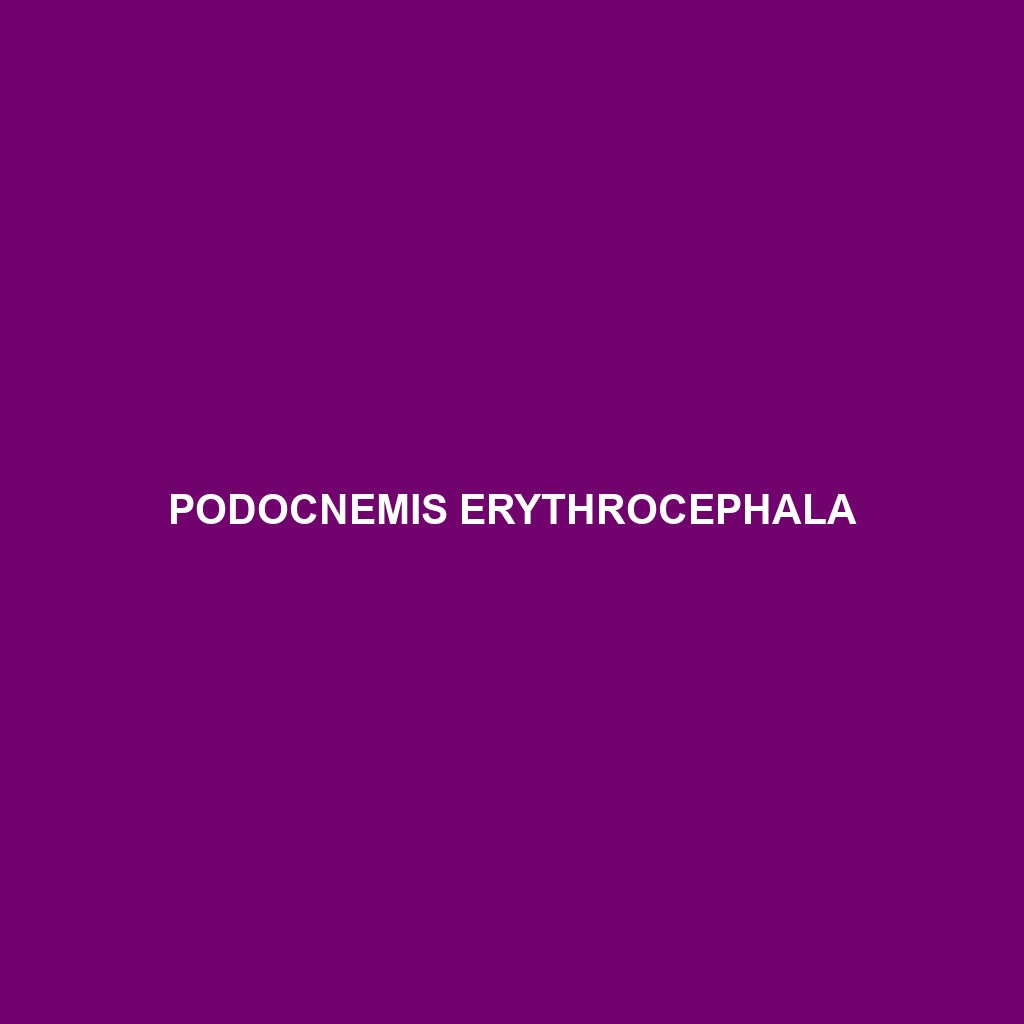Common Name
Podocnemis erythrocephala
Scientific Name
Podocnemis erythrocephala
Habitat
Podocnemis erythrocephala, commonly known as the Yellow-spotted River Turtle, primarily inhabits the rich waterways of the Amazon River basin. This species is predominantly found in freshwater environments such as rivers, streams, and flooded forests that are characteristic of the tropical rainforests in South America, particularly in Brazil and Colombia. The climate in these regions is generally hot and humid, with frequent rainfall, providing the ideal conditions for these turtles. They also inhabit nearby savannas during the dry season, showcasing their adaptability to varying environments. The health of their habitat largely depends on the water quality and surrounding vegetation, making conservation efforts crucial in maintaining these ecosystems.
Physical Characteristics
Physically, Podocnemis erythrocephala is notable for its striking coloration and distinctive features. As adults, they typically reach a carapace length of 30 to 60 centimeters. The shell is a smooth, high-domed structure that is primarily brown to olive-green but features unique yellow or light-colored spots that give the species its common name. The limbs and head of the turtle are slightly flattened, with a tapered shape that aids in swimming. These turtles also have webbed feet, which enhance their ability to navigate through freshwater environments. Their unique physical adaptations make them highly effective in both water and land environments.
Behavior
The behavior of Podocnemis erythrocephala is characterized by a mix of aquatic and terrestrial activities. They are diurnal, meaning they are most active during the day, basking on sunlit rocks or riverbanks to regulate their body temperature. These turtles exhibit social behaviors, often seen in small groups during basking or foraging activities. Mating rituals occur in the water, where males display courtship behaviors to attract females. Although they are generally not migratory, they do exhibit seasonal movements in search of better feeding grounds or suitable nesting sites. Their ability to adapt to changes in their environment reflects their resilience as a species.
Diet
Podocnemis erythrocephala is primarily herbivorous, with a diet that includes a variety of aquatic plants, fruits, and algae. They are known to feed on leaves, stems, and flowers from surrounding vegetation, demonstrating their role as important grazers in their ecosystems. In certain conditions, they may also consume small aquatic invertebrates, classifying them as facultative omnivores. Their feeding patterns are dynamic and can shift during the seasons, particularly during the rainy season when food availability is higher due to flooding.
Reproduction
The reproductive cycle of Podocnemis erythrocephala is intricately linked to the seasonal changes in their habitat. Nesting usually occurs during the dry season, from August to November, when river levels are lower, and the ground is exposed. Females typically lay between 20 to 40 eggs in sandy nests dug along riverbanks. The incubation period lasts about 60 days, with hatchlings emerging between October and February. After hatching, young turtles make their way to the water, where they are vulnerable to predators. Parental care in this species is absent, which emphasizes the importance of the nest’s location for the survival of the offspring.
Conservation Status
Podocnemis erythrocephala is currently classified as Vulnerable according to the IUCN Red List. Major threats to their survival include habitat destruction due to deforestation, pollution of freshwater habitats, and illegal hunting for meat and eggs. Conservation efforts are underway in various regions, with initiatives aimed at habitat protection, anti-poaching enforcement, and community awareness programs. These efforts are crucial to ensuring the ongoing survival of this species as they face increasing environmental pressures.
Interesting Facts
One fascinating aspect of Podocnemis erythrocephala is its remarkable ability to breathe through its cloaca, a trait that allows it to stay submerged for extended periods. Additionally, these turtles engage in a unique behavior known as “mud baths,” where they immerse themselves in mud to protect their skin from sunlight and parasites. This adaptation not only illustrates their unique interaction with their environment but also highlights their resilience as a species.
